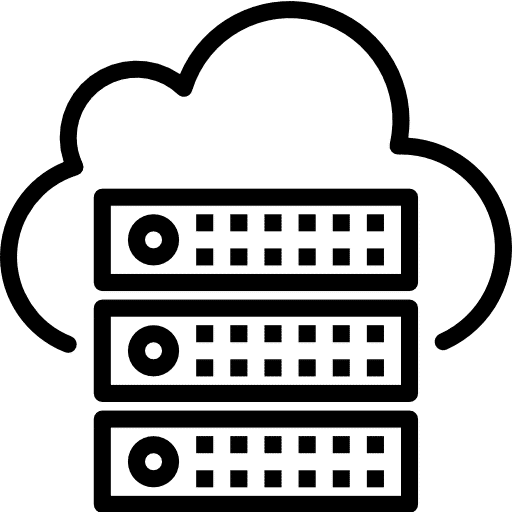Terraform stands as a robust infrastructure provisioning tool, enabling companies engaged in software development to manage cloud resources efficiently through code. Geared towards businesses seeking streamlined and scalable infrastructure management, Terraform follows a declarative approach, allowing developers to define and automate the creation, modification, and versioning of infrastructure using HashiCorp Configuration Language (HCL) or JSON.
At its core, Terraform operates by defining infrastructure as code, where configurations are written in Terraform’s domain-specific language (DSL). Users define resources, their configurations, dependencies, and relationships in code within Terraform configuration files. These files, termed “Terraform configurations,” describe the desired state of the infrastructure.
Terraform’s key strength lies in its ability to work with multiple cloud providers and services, providing a unified workflow for managing resources across different platforms. It supports major cloud providers such as AWS, Azure, Google Cloud Platform, and more, enabling businesses to manage diverse infrastructures from a single configuration.
The platform’s modular approach allows the creation of reusable modules, which encapsulate infrastructure components. Modules promote consistency and best practices across projects, facilitating the reuse of infrastructure configurations and reducing duplication of efforts.
Terraform’s execution plan functionality analyzes the configured infrastructure changes before applying them, enabling users to preview modifications and potential impacts before deployment. This ensures a safe and controlled deployment process, reducing the risk of errors in production environments.
Moreover, Terraform state management enables tracking of the current state of infrastructure resources. This state allows Terraform to understand the differences between the desired state described in the configuration and the current state of deployed resources, facilitating efficient updates and changes.
In practice, Terraform is a valuable tool for companies adopting Infrastructure as Code (IaC) practices. It streamlines the provisioning and management of infrastructure, promotes collaboration among development teams, and facilitates the creation of scalable and consistent architectures across multi-cloud or hybrid environments. Additionally, Terraform’s open-source nature and vibrant community support contribute to its widespread adoption and continuous evolution.


















